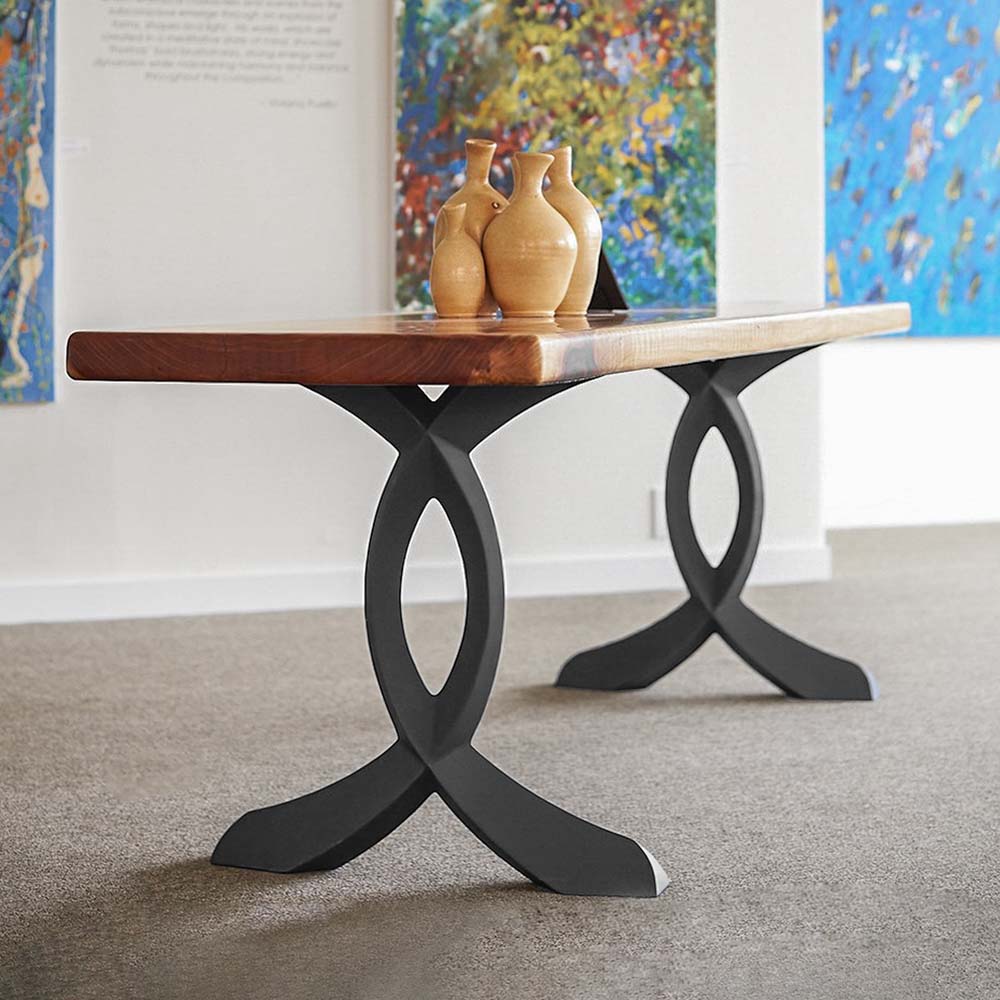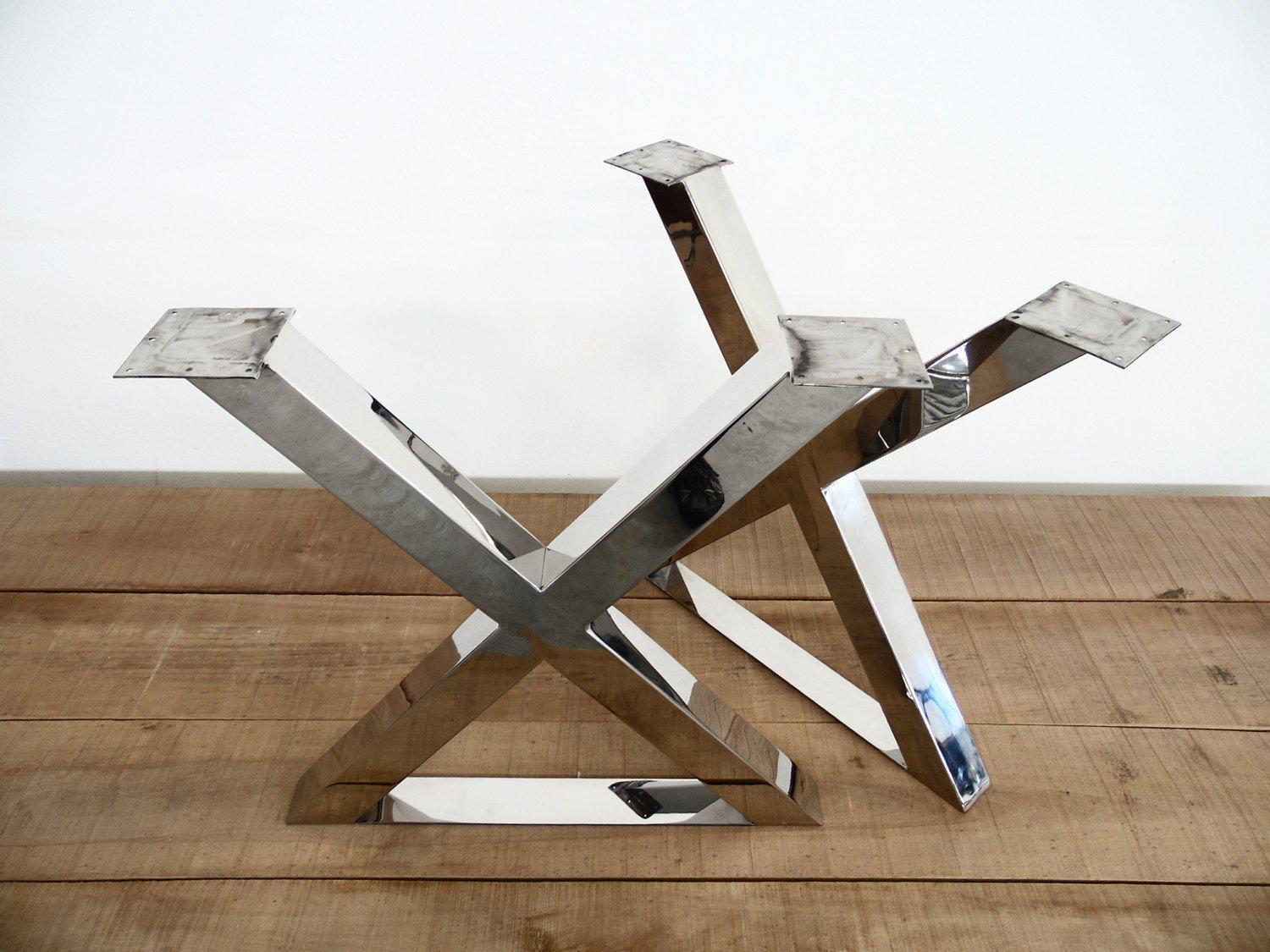Checking Out Various Layouts for Dining Room Table Legs to Suit Your Visual
Checking Out Various Layouts for Dining Room Table Legs to Suit Your Visual
Blog Article
Eating Table Legs: Exactly How to Select the most effective Styles for Your Room
Picking the right table legs is important for both visual and functional consistency in your eating space. Whether your space flaunts a streamlined, modern-day vibe or leans in the direction of a more typical setting, the design of the legs can substantially influence the general appearance. Tapered legs emanate contemporary elegance, while turned legs use a nod to classic beauty. Beyond style, the material-- be it cozy timber or streamlined steel-- plays a critical role in setting the tone. Yet exactly how do you guarantee these components enhance your existing design while giving the essential stability? The response lies in a well balanced approach.
Analyzing Your Eating Room Design
Just how do you determine the very best eating table legs for your room? The solution starts with a thorough analysis of your dining space design. A cohesive layout makes certain that your table legs enhance the total aesthetic as opposed to clash with existing components. Begin by observing the architectural features of your dining space. Exist prominent characteristics such as exposed beam of lights, complex moldings, or minimal lines? These information typically dictate whether a traditional, rustic, contemporary, or industrial style is most ideal.
An eating room with sleek, modern chairs and metallic accents might benefit from simple, streamlined table legs. On the other hand, a space filled up with classic pieces and rich fabrics may call for luxuriant, sculpted legs.
Lighting additionally impacts assumption. All-natural light can accentuate particular materials and surfaces, while artificial illumination can highlight various elements. Account for the space's scale and proportions. Big, open dining-room can fit much heavier, extra considerable legs, whereas smaller areas require more fragile, unobtrusive designs. By meticulously evaluating these elements, you can choose table legs that sympathetically blend with your dining-room's design.
Popular Leg Styles Discussed

One common design is the tapered leg, renowned for its sleek, modern-day look. This leg narrows from top to bottom, offering a minimalist allure suitable for modern and Scandinavian insides. Next, the transformed leg attributes intricate spindle-like designs, commonly discovered in conventional and farmhouse setups. These legs add a touch of craftsmanship and elegance.
Cabriole legs, with their distinctive curves, are identified with French Provincial and Queen Anne furnishings. Their graceful, moving lines bring a sense of class and historical appeal (dining room table legs). For those preferring a robust and simple layout, square legs offer tough support and a clean, geometric look, ideal for industrial or minimal areas
Finally, hairpin legs use a retro, mid-century modern vibe. Made from steel, these legs are both lightweight and solid, including a special visual contrast to wooden tabletops. Understanding these styles will direct you in picking eating table legs that enhance your space's visual and functionality.
Product Factors To Consider

Timber is a traditional choice, known for its heat and flexibility. It is available in numerous types such as oak, walnut, and maple, each offering one-of-a-kind grain patterns and shades. Metal legs, commonly made from stainless steel, iron, or aluminum, supply a modern and commercial look while ensuring durable support. They are commonly a lot more resistant to deterioration, making them a durable my sources selection.

Various other products like bamboo or rattan use environment-friendly alternatives, bringing an all-natural and kicked back ambiance to the dining location. Each material has its pros and disadvantages, and the finest choice will certainly depend upon your certain demands and choices.
Balancing Visual Appeals and Performance
Accomplishing the ideal balance between aesthetics and performance is necessary when choosing dining table legs. While the aesthetic appeal of table legs can significantly enhance the overall setting of a dining area, their useful aspects can not be forgotten. The style of the legs should integrate with the space's décor, yet they must also supply sufficient assistance and stability for the table.
Take into consideration the building style of your room. Smooth, modern-day interiors may gain from minimalist, steel legs that offer a tidy and inconspicuous look. On the other hand, standard setups commonly match turned or here are the findings sculpted wood legs that add a touch of elegance and refinement.
Functionality incorporates the security and durability of the legs. Trestle legs, known for their Bonuses robustness, can offer strong support for bigger tables, making them excellent for families or regular artists. Alternatively, pedestal legs can supply more legroom and versatility, enabling for much better seats arrangements
Moreover, the elevation and positioning of the legs are crucial for comfortable dining. Legs placed too much inward may hamper seats, while those also near to the edge can limit movement. Thus, thoughtful consideration of both aesthetic and useful components is vital for an optimum eating experience.
Modification and DIY Options
Modification opens a world of possibilities for developing table legs that are uniquely tailored to your preference and demands. Whether you look for a traditional, modern-day, or diverse look, individualized alternatives allow you to pick the exact products, coatings, and develops that finest complement your area. Adjustable alternatives array from selecting the kind of wood-- such as oak, maple, or walnut-- to selecting metal finishes like combed nickel or antique brass. Furthermore, particular layout elements, such as transformed legs, tapered shapes, or detailed makings, can be incorporated to mirror your style.
For those inclined in the direction of diy (DIY) projects, producing customized table legs supplies both a rewarding experience and the possibility to achieve a bespoke visual. DIY lovers can resource resources and make use of woodworking or metalworking devices to craft legs that fulfill specific requirements. Additionally, countless on the internet tutorials and workshops supply guidance, making the process much more easily accessible for newbies.
Eventually, whether choosing expert modification or starting a DIY venture, the ability to customize eating table legs ensures that the end product balances with your interior decoration vision, enhancing both functionality and aesthetic allure.
Verdict
Picking the appropriate eating table legs requires mindful consideration of the overall style of the eating space, including existing building features and furnishings. Eventually, the selected table legs ought to enhance the decoration, supplying both aesthetic allure and useful support.
Report this page